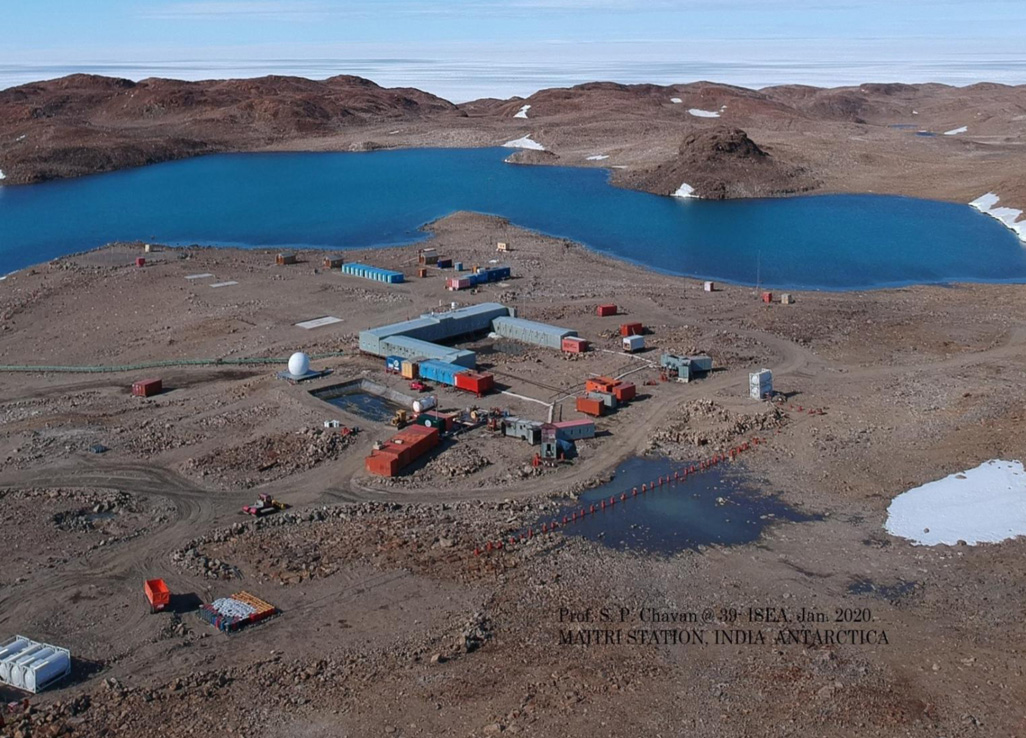Abstract: India's Smart Cities Mission envisages some developments in terms of infrastructure in several urban centres. However, it ignores to address the problem of land acquisition and land management, without which all change would seem superfluous.
The authors are Director and Principal Consultant, respectively, Consultant Thought Arbitrage Research Institute, New Delhi. prasanna.mohanty@tari.co.in
TO READ THE FULL ARTICLE
Already have an account? Log In
Keep reading with one of these options :
OR
Free
Limited Articles
Create an account
